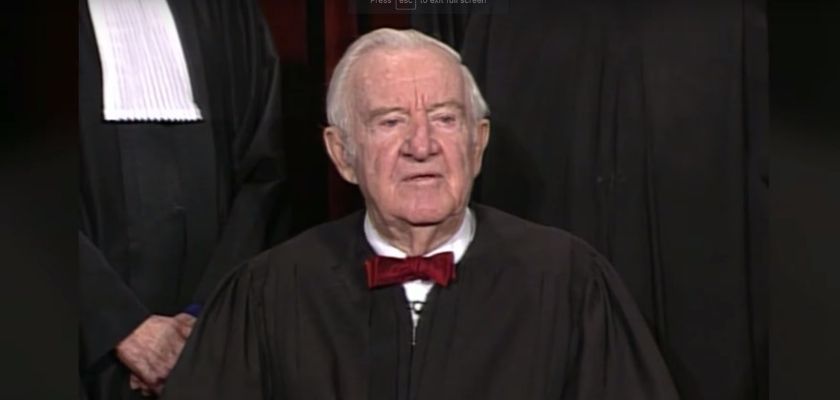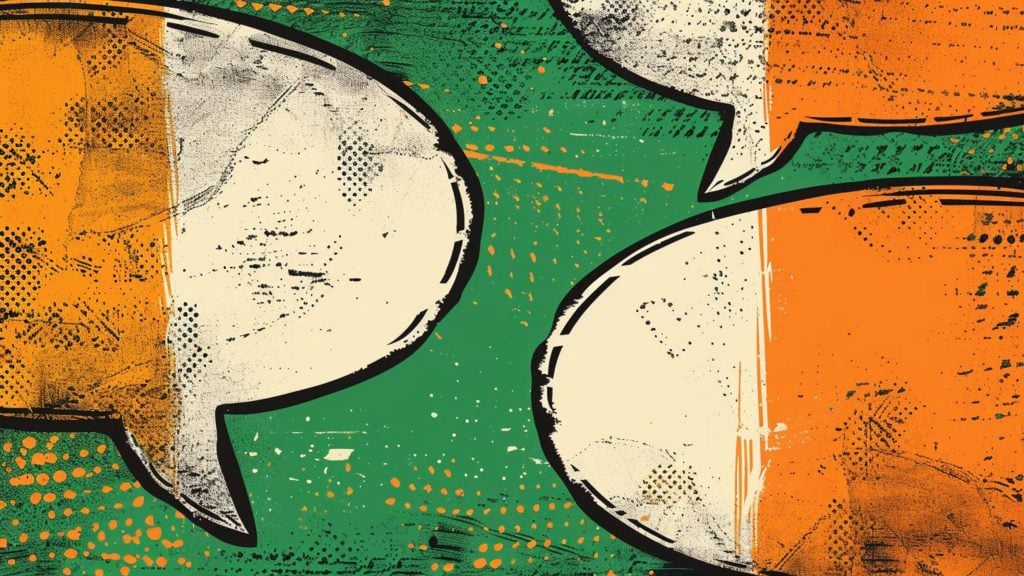Former Supreme Court Justice John Paul Stevens died Tuesday, at the age of 99. His term lasted 35 years, from 1975 during Ford’s presidency when he was appointed, until 2010 when he resigned, aged 90.
John Paul Stevens was born in 1920 and attended the University of Chicago, graduating in 1941. One day before the Japanese attacked Pearl Harbor, Stevens signed in to the Navy’s correspondence course on cryptography. He spent the war doing traffic analysis to determine the location of Japanese ships from a Navy bunker in Hawaii. He was not a mathematician, but he proved to be very a skilled cryptographer.
At the beginning of his tenure in the supreme court, Stevens was often described as a freethinker whose actions could hardly be confined within specific ideological lines. By the late 1990s, he was being considered the leader of the court’s classical liberal wing, finding himself often in opposition to the chief justice.
But Steven’s most enduring legacy is his work in laying the foundation for the huge technological innovations that came during the 35 years he spent with the supreme court. Stevens is the author of the 1978 decision to shield the software industry from the patent system during its initial years.
In 1984, Hollywood’s attempt to ban the VCR failed by just one vote; Stevens wrote the majority opinion. In 1997 he wrote the majority opinion that grants Internet a strong First Amendment protection, countering the Communication Decency Act.
Justice Stevens was far from being a free speech fanatic. Yet he emerged as a strong defender of free speech online. In 1997, he wrote the court’s Reno v. ACLU decision beating fundamental provisions of the Communications Decency Act on First Amendment grounds. Stevens’ decision provided solid constitutional protections for online speech. According to him, the characteristics cited by the court – such as scarcity and pervasiveness – do not justify censoring the airwaves.
Congress remained committed to censoring the Internet in the name of child protection, passing in 1998 a revisited version of the CDA called the Child Online Protection Act. Stevens voted with the majority to uphold an injunction against its enforcement.
The litigation ended in 2008 when an appeals court put the last nail in COPA’s coffin.
Another of Steven’s key decisions that promoted the growth of the Internet was taken in 1992, when the Supreme Court heard the case Quill, a mail-order office-supply company, VS the state of North Dakota.
North Dakota established a use tax on products purchased from other states and tried to force Quill to collect the tax from its North Dakota customers. Stevens wrote for the majority that because Quill lacked a physical presence in the state, it was not subject to North Dakota taxation laws.
The court’s holding allowed Amazon and other e-commerce companies would not be subject to the tax regimes of 50 states and countless municipalities – allowing Amazon and other e-commerce businesses to grow.
If you're tired of censorship and dystopian threats against civil liberties, subscribe to Reclaim The Net.









